Ways to Properly Use Fertilizer
Fertilization is more than just feeding your plants; it's an art that involves knowing how much, what, and how to feed each plant to ensure its vitality and prosperity.
Whether you're cultivating a vegetable garden, caring for container plants, or tending to flower beds, mastering the subtleties of fertilizer application is crucial.
In this blog post, we'll delve into the diverse ways to use fertilizer effectively, exploring various types, techniques, and understanding the unique needs of your plants.
Customizing nutrient requirements
Knowing the specific nutritional needs of different plants is essential for successful fertilization, and achieving optimal health involves creating custom nutrient blends based on plant types, growth stages and soil conditions.
Types of fertilizers

When selecting fertilizers for your garden, it's beneficial to explore various options, including both organic and synthetic choices, to find the one that aligns with your gardening preferences. Learning about slow-release, liquid, and granular fertilizers enables you to apply them strategically, meeting the specific needs of your plants.
If you're uncertain about where to find high-quality fertilizers, consider checking out Vego Garden for their slow-release fertilizer rich in vitamins and minerals, providing an organic option for your plants.
Fertilization techniques
Learning methods such as top-dressing, side-dressing and foliar feeding helps plants absorb nutrients efficiently.
- Top-dressing
- Definition: Top-dressing involves spreading a layer of fertilizer or organic material on the surface of the soil around the base of plants.
- Purpose: This technique helps improve soil structure, provides a slow release of nutrients, and can also act as a mulch, conserving moisture and suppressing weeds.
- Side-dressing
- Definition: Side-dressing entails applying fertilizer to the side of the plant, usually in a shallow trench or groove alongside the row of crops.
- Purpose: By placing the fertilizer close to the plant's root zone, side-dressing provides a targeted and easily accessible source of nutrients during critical growth stages.
- Foliar feeding
- Definition: Foliar feeding involves applying liquid fertilizer directly to the leaves of plants, allowing them to absorb nutrients through their stomata.
- Purpose: This method is useful for quickly addressing nutrient deficiencies or supplementing plant nutrition during periods of high demand. It offers a rapid uptake of nutrients directly through the plant's foliage.
Seasonal considerations

Adapting how you fertilize your plants as the seasons change recognizes that different plant needs vary throughout the year. This includes adjusting nutrient ratios during growth phases, dormancy or flowering stages to support the overall well-being of your plants.
Soil health and pH balance
Understanding how soil health and fertilization interact is vital for maintaining a balanced and thriving ecosystem. Keeping an eye on and adjusting soil pH levels ensures an environment that promotes the uptake of nutrients by plants.
Tailoring fertilization to specific plant needs

Vegetable gardens: Ensuring vegetables get the nutrients they need supports strong growth and abundant harvests. Adding organic matter and compost to the soil boosts its fertility, working alongside fertilizers to create a thriving environment for vegetable plants.
Container plants: It's important to fertilize plants in containers carefully to avoid nutrient imbalances due to their limited space. To meet the needs of potted plants, selecting the right potting mix and adjusting how often you fertilize according to the package instructions.
Flower beds: Understanding the different nutrient needs of flowering plants is important for vibrant blooms and overall well-being. Using slow-release fertilizers helps provide consistent nourishment over the entire growing season, promoting sustained plant health.
Final thoughts
Fertilizing your plants effectively involves adapting to each plant's unique needs and your specific gardening situation. Learning about different types of fertilizers, perfecting application methods, and adjusting nutrient plans for each plant help create an environments where your plants not just survive, but thrive!

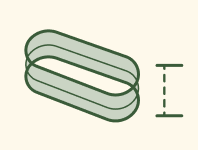
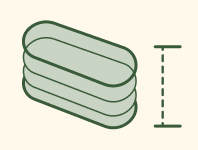
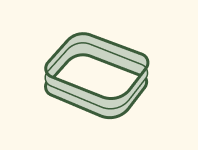
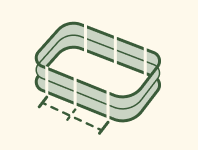
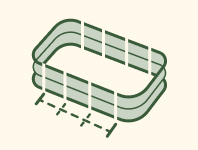
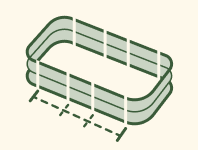
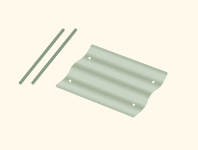




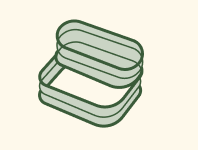


















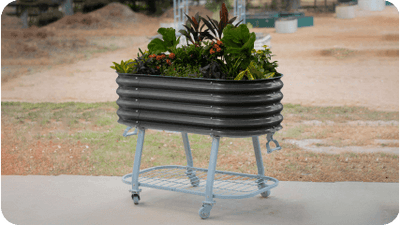








































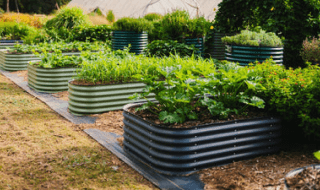

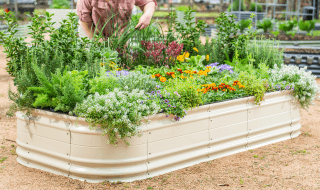
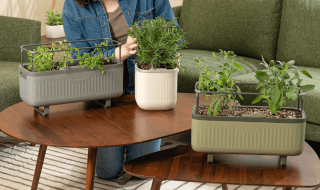
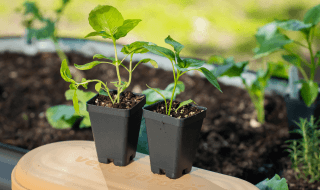
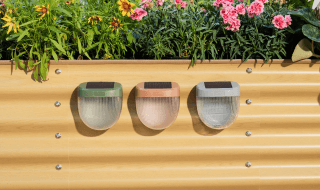
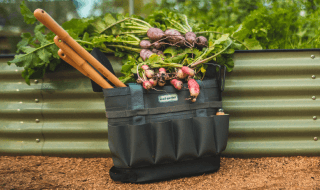
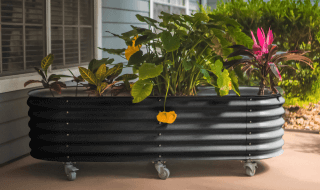







Message was helpful, but raised a question for me. Would liquid Mirace Grow sprayed on leaves going to produce more tomatoes. I normally use the trenching method with fertilizer. recommended for production and disease prevention. Started using compost this year.
Leave a comment